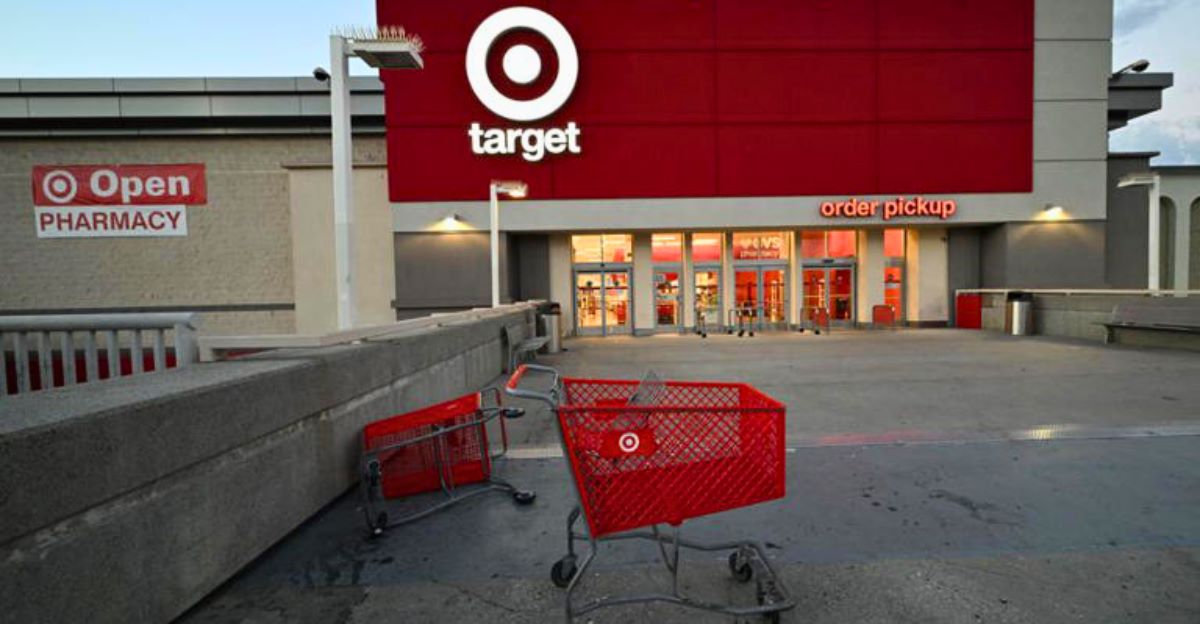
Like many major retailers, Target has spent the past few months navigating a storm of challenges—boycotts, backlash over diversity rollbacks, missed sales targets, and now, the weight of a growing trade war. While Home Depot insists it won’t raise prices, Target has announced it will follow Walmart in passing tariff costs onto consumers, despite the Trump administration’s order to “eat the tariffs.”
This move not only highlights the strain on American retailers, but also deepens a debate playing out in boardrooms and shopping aisles across the country. With margins tightening and public pressure mounting, Target’s shift signals a larger reckoning. Behind the headlines lies a deeper story about politics, pricing, and the future of retail. Let’s unpack what’s really going on.
Retail Turmoil Isn’t Just a Target Problem
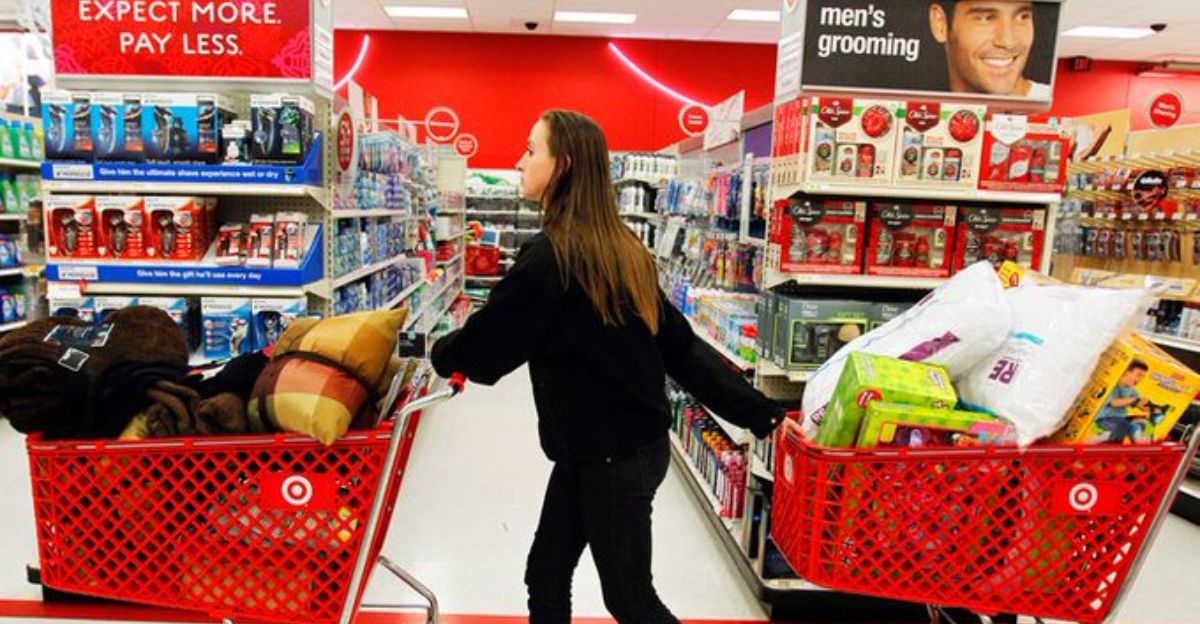
Target isn’t alone in facing pressure. Across the country, retailers are getting squeezed by a perfect storm of policy shifts, investor demands, and divided customer bases. From strip malls to superstores, companies are being forced to take stands—something once unthinkable in corporate strategy. This isn’t a passing disruption. It’s a widespread shift that’s reshaping how brands operate, communicate, and sell.
With politics now baked into purchase decisions, staying neutral no longer works. The ripple effects are already visible on balance sheets nationwide. And at the center of it all, Target’s story offers a striking example of what’s at stake next.
How DEI Once Became Big Business
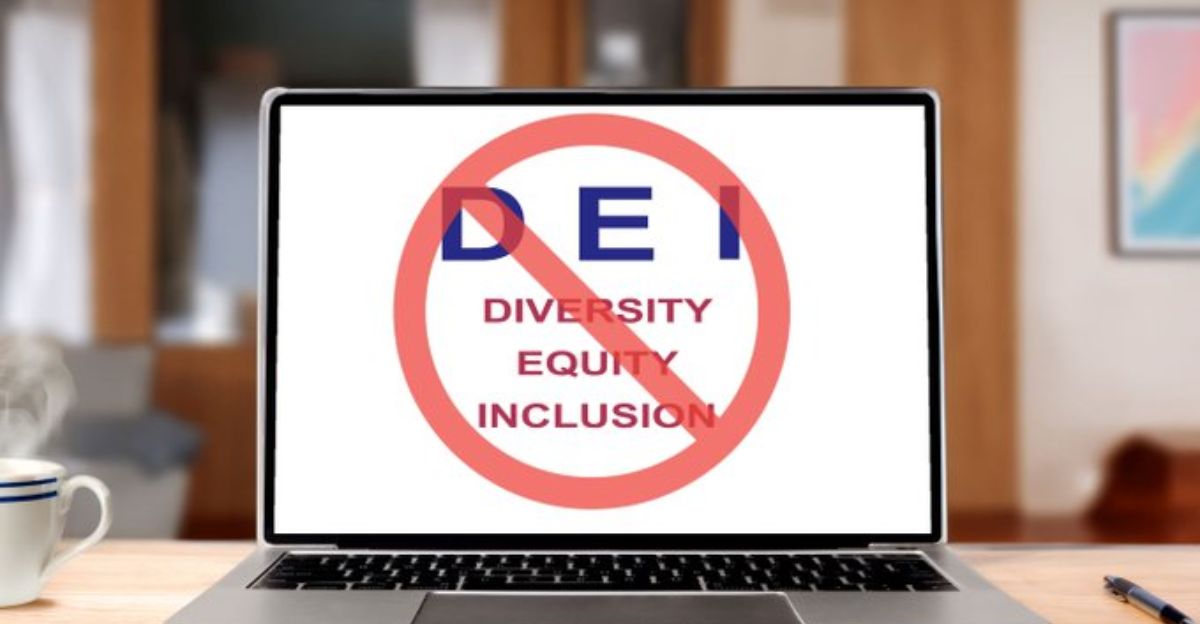
Just a few years ago, diversity, equity, and inclusion (DEI) efforts were the gold standard in corporate strategy. Major companies proudly launched diverse supplier programs, invested in underrepresented communities, and publicly aligned with social causes. It wasn’t just PR—it was smart business.
These programs helped brands connect with younger, values-driven consumers and expand into emerging markets. For many retailers, DEI was a key part of growth and brand loyalty. It brought energy to marketing, purpose to operations, and credibility to corporate values. The success was so visible, it seemed irreversible.
But in today’s politicized climate, what was once celebrated is now contentious. The political tide has turned, leaving retailers with a difficult choice: stick to inclusive values or shift to avoid backlash. Target’s decision to scale back set off a chain reaction—one that quickly became national news.
A Sudden Jolt From Washington

When the Trump administration returned to power early this year, the tone from the top changed fast. Within weeks, federal DEI programs were dismantled by executive order. New tariffs hit imports from across the globe, with rates spiking to levels not seen since the Great Depression. The economic logic was simple: protect American industry.
But for retail, the ripple effects were immediate and complicated. Companies had to reassess pricing, messaging, and brand alignment almost overnight. Retailers like Target found themselves stuck. Back off DEI and risk consumer outrage, or stick with it and invite political heat. Add in rising import costs, and the pressure became unsustainable.
Target Names the Problem

Target’s Q1 2025 earnings dropped to $28.8 billion, down 2.8% from the year before. Comparable store sales slipped 3.8%. CEO Brian Cornell pointed to a “highly challenging environment” and named two culprits directly: backlash over DEI pullbacks and the burden of new tariffs. He didn’t try to separate their impacts, acknowledging the complexity of their combined effect. It was a rare moment of candor, connecting political policy with financial results.
The company’s transparency made headlines—and raised questions across the retail sector. If Target, with its strong brand and loyal base, is struggling this badly, who’s really safe anymore?
Consumers Vote With Their Feet—and Wallets
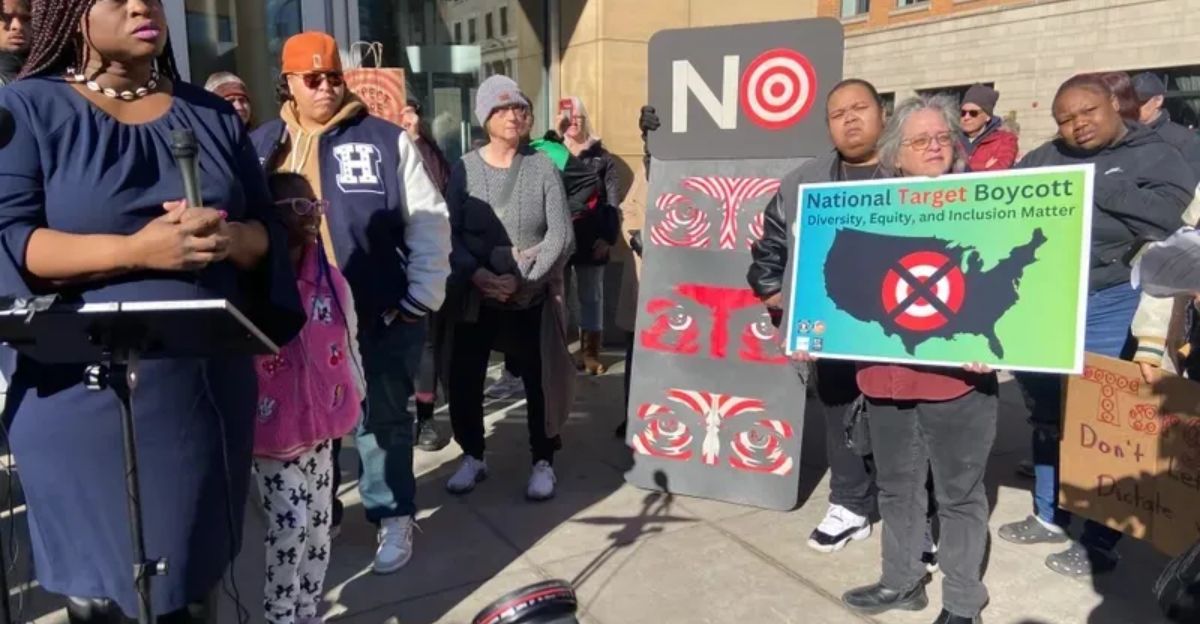
Behind the headlines, the shift was playing out in real time. According to data from Placer.ai, Target saw ten straight weeks of declining foot traffic after it rolled back its DEI initiatives. Organized boycotts, driven by leaders like Al Sharpton and Pastor Jamal Bryant, brought real numbers to the protest movement, more than 200,000 people joined in.
The effect wasn’t limited to social media posts or symbolic gestures. Analysts estimated billions in lost market value. Even cross-border shopping from Canada dipped by 23% in February. The message was clear: for many consumers, values mattered more than convenience or brand loyalty. And when they felt betrayed, they left.
Inside the Fallout at Target

Beneath the headlines, real people inside Target were grappling with what the company’s decisions meant. Employees who had helped build DEI programs felt sidelined. Store managers were left managing angry shoppers and shrinking crowds. The termination of Target’s REACH initiative—once a $100 million investment in Black communities—cut deep. CEO Brian Cornell met with Rev. Al Sharpton in April, hoping to ease tensions, but damage had already been done.
For many, the shift wasn’t just strategic—it felt personal. As customers pulled back and internal morale dipped, Target found itself facing a different kind of crisis: one rooted in trust.
Walmart Fires Back, But Takes a Different Hit
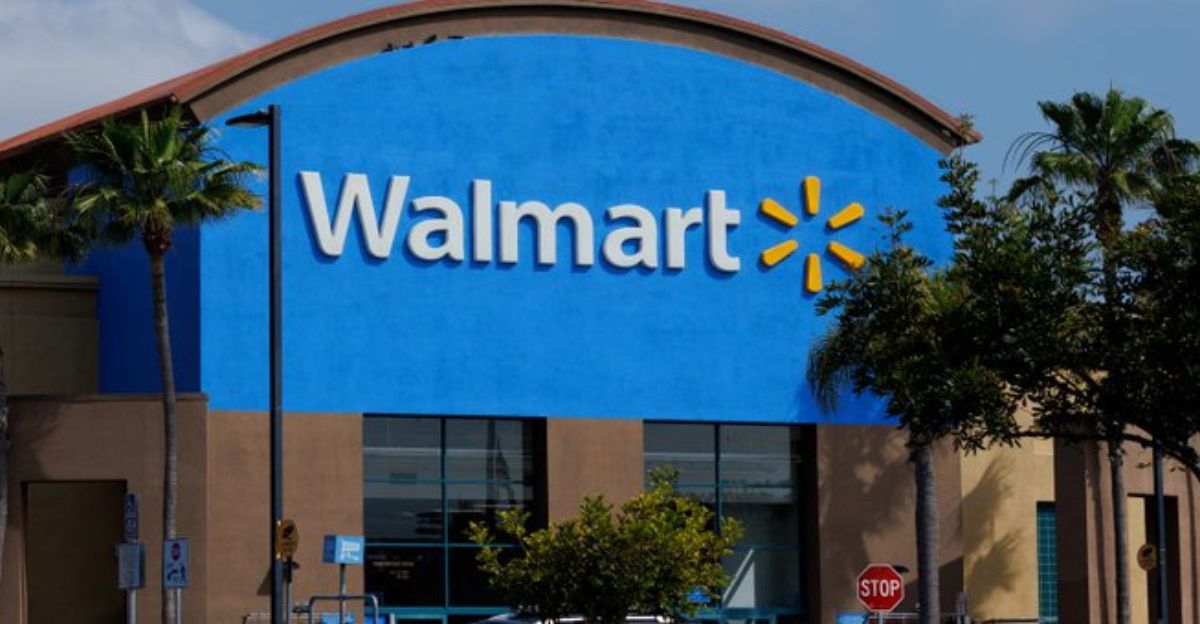
Target’s approach contrasted sharply with that of Walmart. While both faced pressure over DEI policy shifts, Walmart kept most of its messaging low-key and leaned heavily on its core grocery business. That focus helped buffer the impact from boycotts. But Walmart found itself in a different line of fire: Trump himself.
When the company raised prices and cited tariffs as a cause, the president blasted them on social media, accusing them of using tariffs as a scapegoat. The irony was stark—Target faced public backlash, while Walmart faced presidential criticism. The retail giants chose different strategies and got different scars. No one got out clean.
Shopping With Values and Budgets in Mind

This corporate drama underscores a deeper trend: shopping is no longer just a transaction—it’s a political act. For Gen Z and younger millennials especially, brand alignment with values matters. Retailers that stray from perceived commitments to diversity or affordability risk fast backlash.
Meanwhile, across all demographics, tariffs are pushing prices higher, making shoppers more selective. Consumers are now navigating a complex equation: what matters more—price, principle, or convenience?
For Target, losing support from traditionally loyal groups like Black and Hispanic shoppers could reshape its business long term. The old model of balancing purpose and profit is cracking, and every retailer now faces the same difficult question: what comes next?
Retail’s Future: Pick a Side, Or Get Squeezed
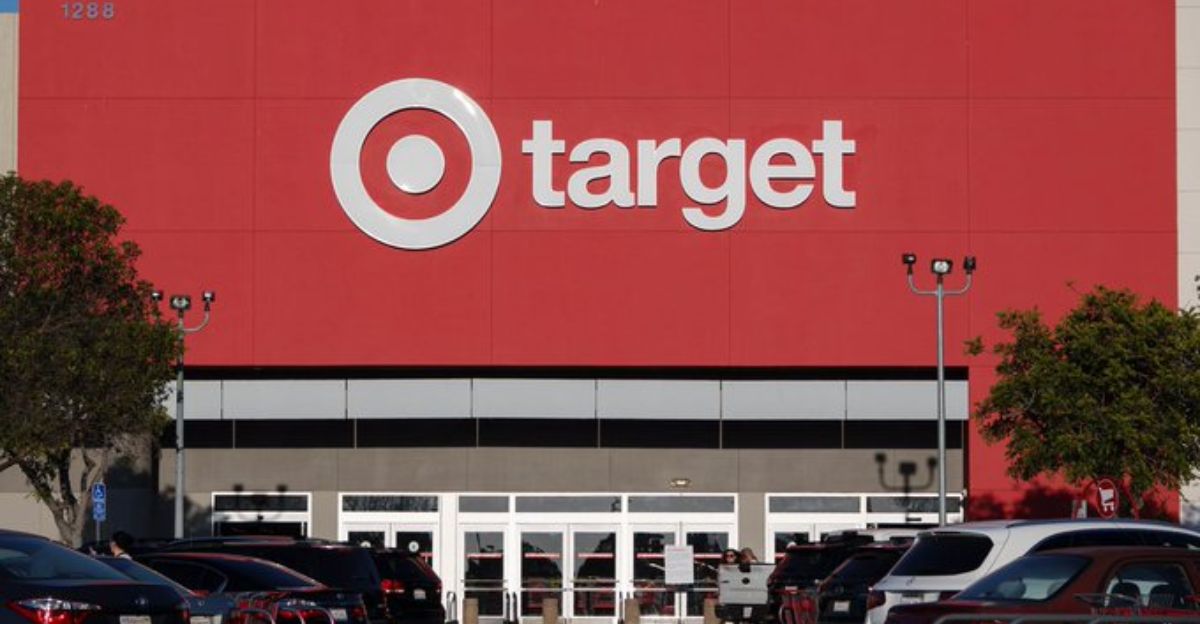
Target’s misstep may be a warning for the entire retail sector. As political polarization deepens and tariffs expand, companies are being pulled in opposing directions by governments, consumers, and shareholders. Trump has floated additional tariffs targeting the EU and major tech firms.
Consumer activists, meanwhile, are showing they can organize quickly and effectively. The lesson may be that straddling both sides is no longer a viable strategy. Retailers can’t afford to be neutral when neutrality itself is seen as a choice.
Moving forward, brands may need to decide—who is their core customer, what do they stand for, and which risks are worth taking? In 2025, trying to please everyone might be the surest way to lose them all.
Discover more DIY hacks and style inspo- Follow us to keep the glow-up coming to your feed!
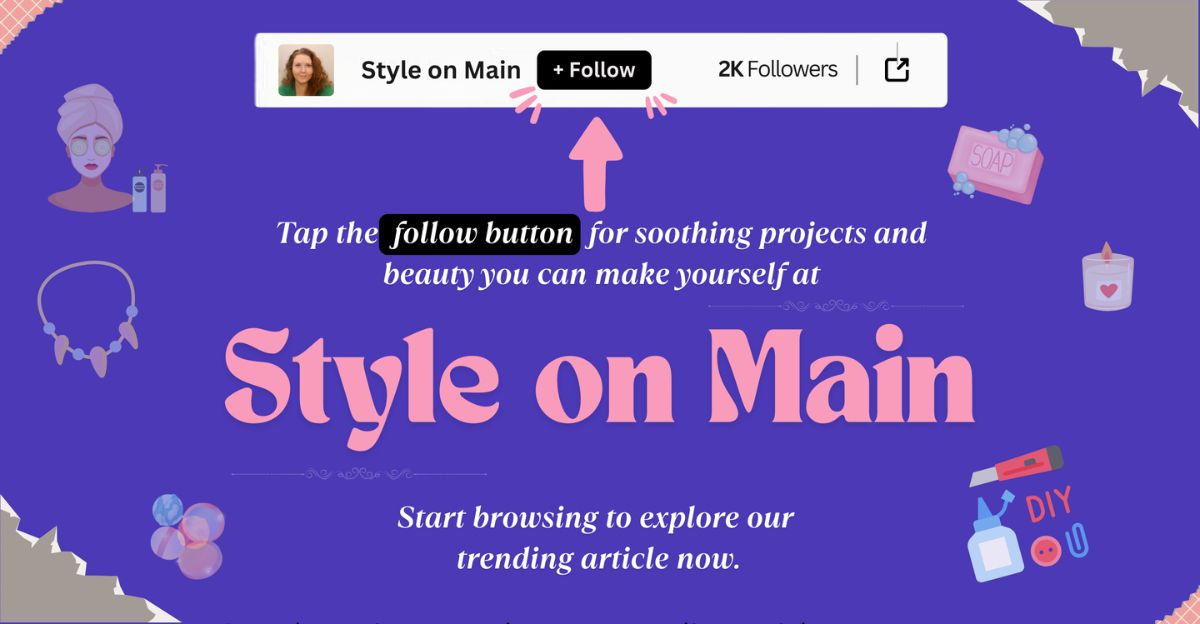
Love content like this? Tap Follow at the top of the page to stay in the loop with the latest beauty trends, DIY tips, and style inspo. Don’t forget to share your thoughts in the comments — we love hearing from you!